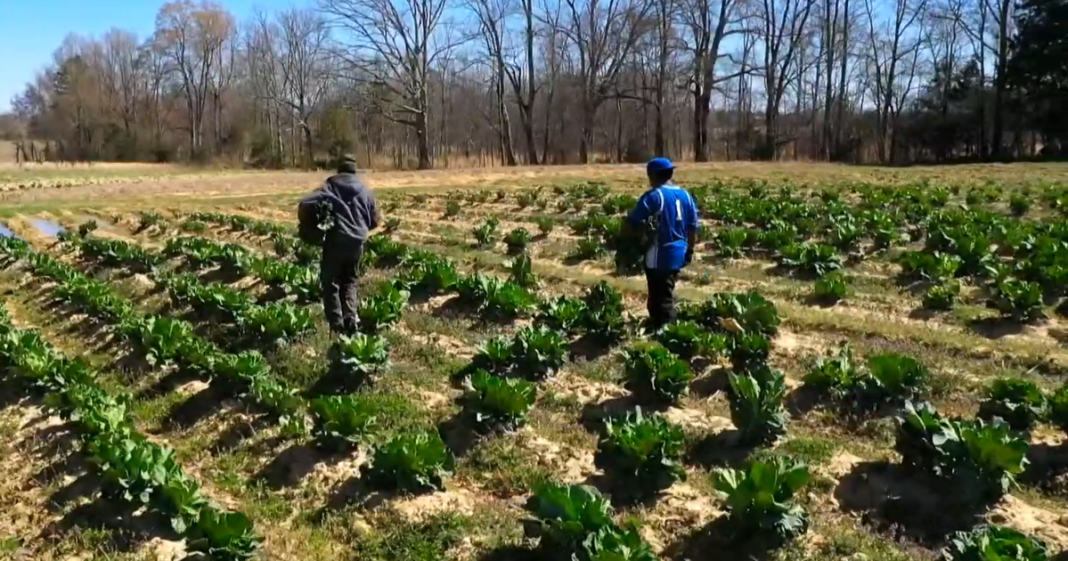Durham, North Carolina — At Riverside High School in Durham, North Carolina, the food is as fresh as can be because most of it comes from local growers.
“We receive local shredded carrots, cucumbers, lettuce, because we feel that we need to support people in our own communities,” Jim Keaten, who runs the nutrition program for Durham Public Schools, told CBS News.
Keaten said the school district’s produce comes from local growers under a U.S. Department of Agriculture program that was cut by the Trump administration.
“Immediately, my thoughts were, what are we going to do?” Keaten said of his first response when he learned the program funding had been cut. “Because these are the funds we use to provide local foods to kids.”
In March, the White House cut two federal programs that provide just over $1 billion in annual funding to school districts and food banks nationwide. It slashed $660 million in funding to the Local Food for Schools program, and another $420 million to the Local Food Purchase Assistance Cooperative Agreement, which goes to food banks and other local groups.
The impact is being felt in every state, including North Carolina, where CBS News followed the trail of food and funds to assess the impact of the cuts. One of the growers providing food to schools is Pine Knot Farms in Hurdle Mills, about one hour’s drive from Riverside High School.
Linda Leach-Hughes, co-owner of the farm, said last year it sold $150,000 in produce to local schools. She calls the sudden loss of revenue “devastating.”
“If we do not have this extra income coming in to help local folks in the community, then we will have to lay folks off, we can no longer employ folks,” Leach-Hughes told CBS News.
Pine Knot Farms also provides produce to the Food Bank of Central and Eastern North Carolina. Amy Beros, the food bank’s president and CEO, said its share of lost aid from the cuts is now at about $2 million.
“I don’t understand,” Beros said. “We’re facing one of the worst hunger crises in decades, and now we’re going to increase the need even more. The access to this food makes them not have to choose between the life-saving medicine they need and food for that month.”
The concern over who gets fed is especially felt by those who grow it.
“How are you going to make America great again if you’re taking food out of the mouths of babies, senior citizens, nursing homes, rehab centers, hospitals, all of these agencies that are dependent on federal dollars?” Leah-Hughes asked. “How are you going to make America great again?”
contributed to this report.




